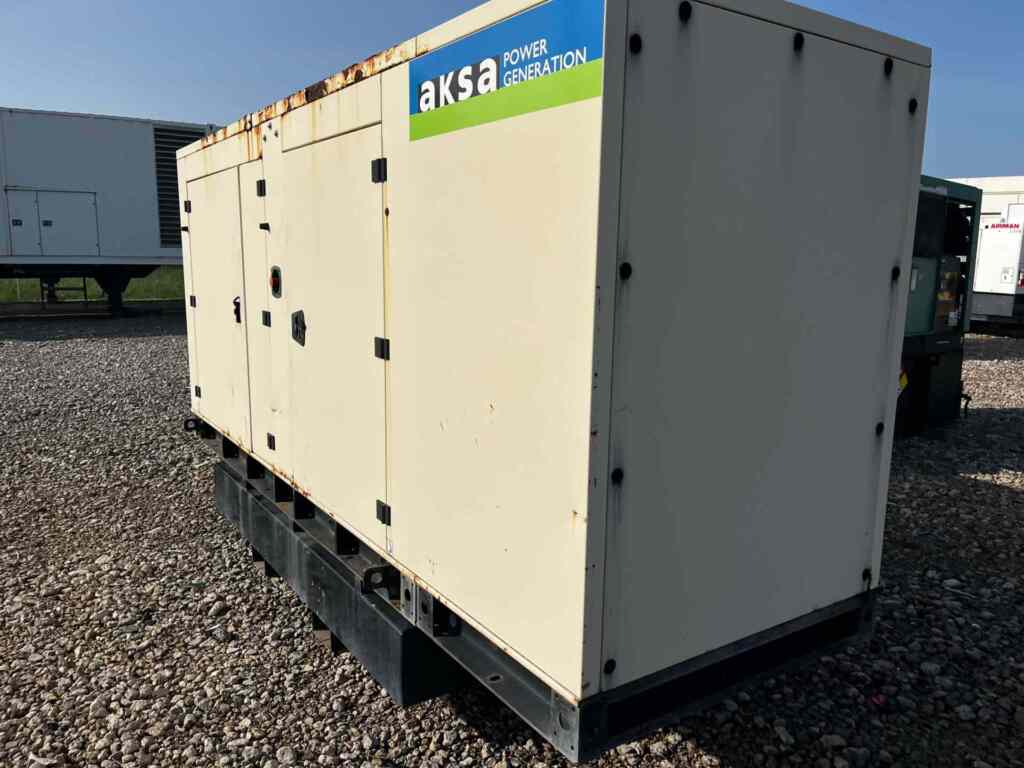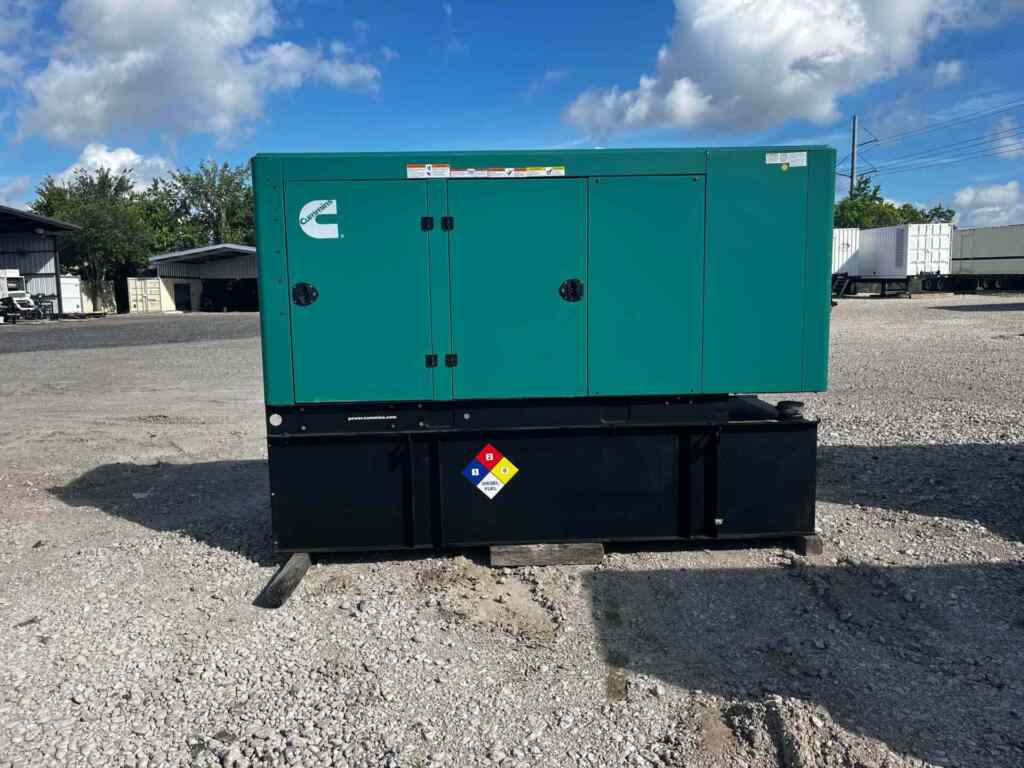A commercial generator can save your business thousands of dollars in the event of a natural disaster or other unexpected loss of power. However, it is very important to know how to size a generator before making such a large – and expensive – investment. The good news is that generator sizing is fairly simple if you follow a few key guidelines and seek out the help of an experienced installer.
Does Size Really Matter?
Installing a properly sized generator for your commercial space is very important. In general, having the right size generator will prevent issues such as unexpected system failures and capacity overload, all while guaranteeing peak performance and maximum longevity. If your generator is too small, it will eventually become overloaded or forced to supply more power than it can handle. Once this happens, the generator will either automatically turn off or overheat – which will ruin your generator, as well as any electronics or sensitive equipment it is powering. On the other hand, if your generator is too large, carbon will build up in the engine. This phenomenon, known as wet stacking, can cause power loss and a subsequent loss in the generator’s function. This is why proper generator sizing is so critical.
How To Size A Generator Correctly
Sizing a generator should be done before you make your final purchase. These devices are sized by kilowatt output, with higher output units offering more capacity. There are a few different methods that you can use to determine which size generator is right for you.
- To start, measure the square footage of the building where you want to install the generator. The total square footage of the building you need to power will give you a solid starting point during this estimation process. Of course, the exact needs of a commercial building vary based on the equipment you need to power, which is why this method only provides a starting point.
- Another way to determine generator sizing is to look at your monthly power usage. Go through all of your energy bills from the past year to determine your peak usage. Once you have that figure, add 25 percent. This will give you a good estimation of how large a generator you will require for your needs.
- You can also use full-load current measurements during peak usage periods to arrive at an estimate. To do this, take your total amps and divide that number in two for single-phase current or by three for three-phase current. Then, take that number and multiply it by your building’s supply voltage. Multiplying the final number by 1,00 will give you the wattage in kilowatts.
Using a combination of these generator sizing methods should help you figure out how to size a generator for your commercial property. Keep in mind that other factors may need to be considered – like where your generator is to be installed – before making your final decision. And when in doubt, consult a professional!
A Word About Wattage
One way to help determine what size generator you need is to add up the wattages of everything you want or need to run during a power outage. However, keep in mind that some appliances – like air conditioners, refrigerators, and sump pumps – draw a lot more wattage as they are cycling on. This surge can throw off your calculations if you don’t take them into account.
If you consult a generator size chart, it will typically advise you to choose a generator with 10-20 percent more capacity than the wattage you need. This will give you a bit of leeway in terms of surge wattage or when you update your equipment and end up needing more power as a result. It can also help you manage “de-rating,” or the underperformance of the generator due to adverse weather conditions, when compared to its manufacturer-claimed capabilities.
A Final Caution
Proper generator sizing is critical in commercial applications. Many dealers will have a generator size chart on their website to help you get a rough estimate of the size or generator you may need, as well as the cost so that you can budget for that expense. However, when it comes to the final determination, it’s a good idea to have an experienced installer visit your commercial property and go over the generator’s size, location, and other details of the installation process with you. This will save you a lot of time and trouble down the road, and ensure the proper functioning of your new generator for years to come.
 Turnkey Industries offers a variety of high-capacity
Turnkey Industries offers a variety of high-capacity 






